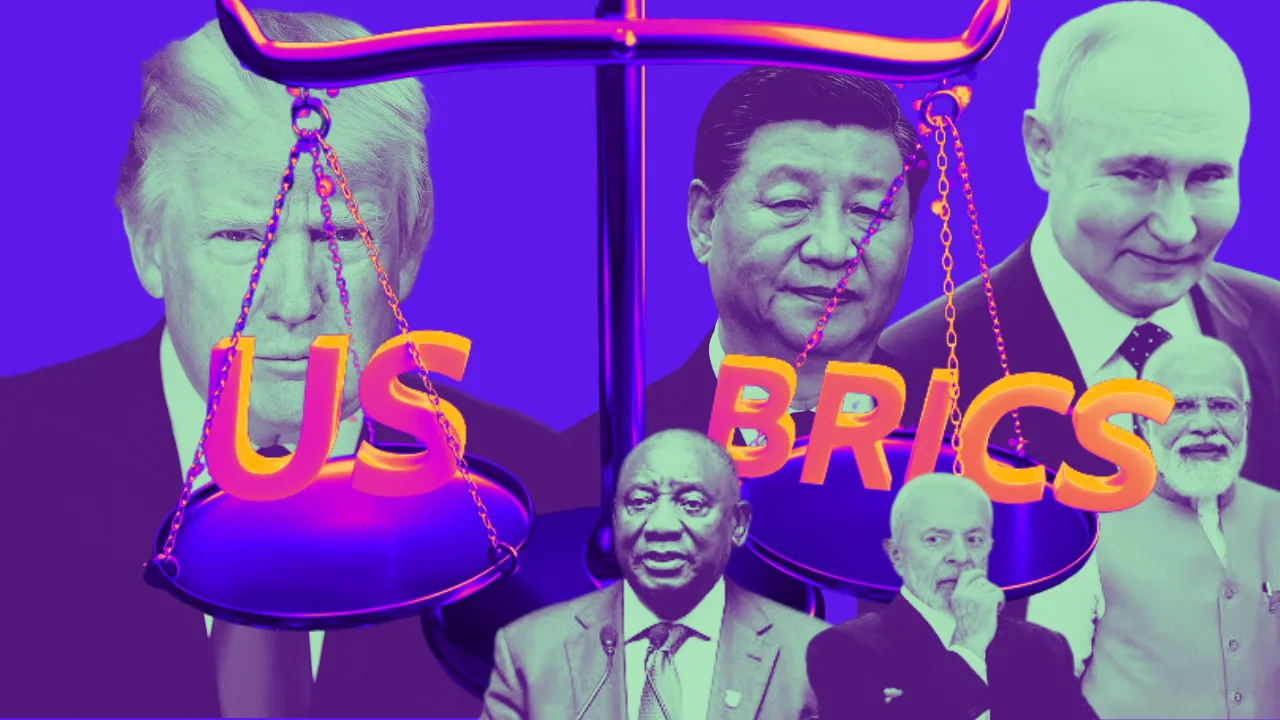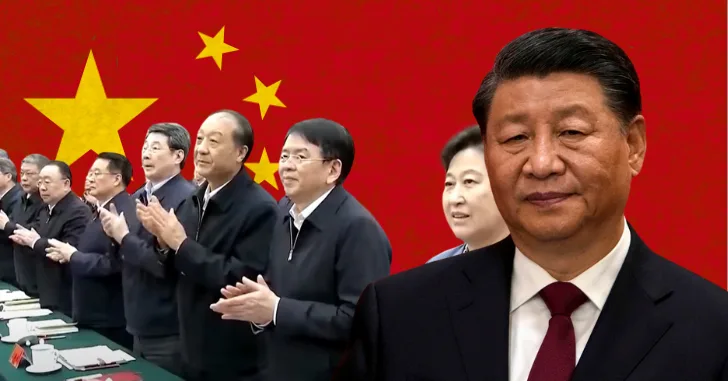The BRICS nations—Brazil, Russia, India, China, and South Africa—have long sought to reduce global dependence on the U.S. dollar. In recent years, their efforts have intensified, driven by geopolitical shifts, economic realignments, and a growing desire for financial sovereignty. With the latest BRICS summit expanding the bloc and introducing new initiatives, the challenge to the dollar has never been more urgent.
Why Are the BRICS Nations Pushing Against the Dollar?
De-Dollarization as a Response to Sanctions
One of the biggest catalysts for BRICS nations seeking alternatives to the dollar is the use of U.S. sanctions. Russia, for instance, has been largely cut off from the Western financial system due to its actions in Ukraine. China, facing increasing tensions with the U.S., is also looking to protect itself from potential financial restrictions. By reducing reliance on the dollar, these nations hope to insulate their economies from Washington’s economic weapons.
Growth of Alternative Payment Systems
The BRICS countries are accelerating the development of their own financial systems, bypassing traditional Western institutions such as SWIFT. Russia’s SPFS and China’s CIPS are emerging as alternatives to the dollar-based financial networks. India has also strengthened its rupee-based trade agreements, while Brazil is exploring similar moves with China.
BRICS Expansion and Strength in Numbers
At the 2023 BRICS summit, new countries such as Saudi Arabia, Iran, the UAE, Egypt, and Argentina were invited to join, significantly expanding the bloc’s economic influence. This expansion is particularly critical as energy-producing nations like Saudi Arabia explore trade in currencies other than the dollar, threatening the petrodollar system that has underpinned U.S. financial dominance for decades.
Trade in Local Currencies
China and Russia have already begun settling oil and gas trades in yuan and rubles, cutting out the dollar. India has also increased its trade settlements with Russia using the rupee. The more these countries trade in their own currencies, the less need they have for the dollar, eroding its status as the world’s reserve currency.
Introduction of a BRICS Common Currency?
There has been ongoing speculation about the introduction of a BRICS-backed currency as an alternative to the dollar. While a full-fledged new currency remains unlikely in the short term due to logistical challenges, discussions about a gold-backed settlement system or a digital BRICS currency are gaining traction. Such initiatives would further weaken dollar hegemony in global trade.
What Does This Mean for the U.S. and Global Markets?
Potential Dollar Decline
If BRICS nations continue to reduce dollar transactions, the global demand for U.S. Treasuries could decline, leading to increased borrowing costs for the U.S. government. This could have inflationary effects and impact American financial markets.
Shift in Global Power Dynamics
A strong BRICS bloc with reduced dependence on the dollar signals a shift in global financial leadership. This could mean reduced Western influence over international lending institutions like the IMF and World Bank, as BRICS countries push for alternatives.
Impact on Commodities and Trade
If major oil-producing nations start accepting payments in non-dollar currencies, this could significantly alter commodity pricing mechanisms. A shift away from the petrodollar would be a game-changer, reducing the U.S.’s ability to leverage its currency for economic and geopolitical influence.
Final Thoughts
The BRICS nations are now in a stronger position than ever to challenge the dollar’s supremacy. Driven by economic necessity and geopolitical strategy, their moves toward de-dollarization are not just rhetoric but backed by concrete financial shifts. While the dollar remains the dominant global currency for now, its long-term position is increasingly uncertain as BRICS countries forge their own financial paths. The coming years will be critical in determining whether this movement significantly alters the global financial order or remains an aspirational goal for an emerging economic bloc.
Additional Resources
Trump repeats tariffs threat to dissuade BRICS nations from replacing US dollar
De-dollarisation: More BRICS in the wall
BRICS Currency May Not Upstage the US Dollar Anytime Soon






